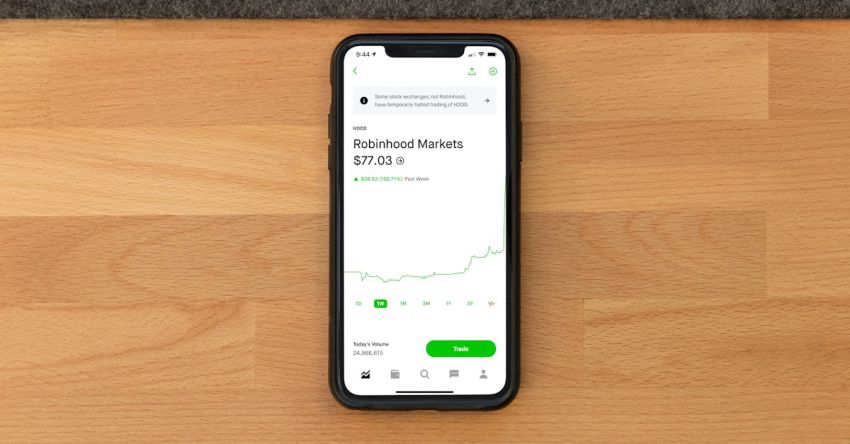Market volatility can be a key concern for investors and traders, as it can significantly impact investment decisions and overall market performance. Understanding the various indicators that signal market volatility can help individuals navigate turbulent market conditions with more confidence. By closely monitoring these indicators, market participants can better assess risk levels and adjust their strategies accordingly. In this article, we will explore some of the common market volatility indicators that investors and traders frequently rely on to gauge market sentiment and potential price movements.
**VIX Index**
The VIX Index, also known as the “fear index,” is one of the most widely followed indicators of market volatility. It measures market expectations of near-term volatility conveyed by S&P 500 stock index option prices. When the VIX is high, it suggests that investors are expecting significant price swings in the stock market. A low VIX, on the other hand, indicates that investors are more complacent about market risk. Traders use the VIX Index to assess market sentiment and make informed decisions on their trading strategies.
**Average True Range (ATR)**
The Average True Range (ATR) is a technical indicator that measures market volatility by calculating the average range between the high and low prices over a specified period. A higher ATR value suggests greater price volatility, while a lower ATR value indicates lower volatility. Traders use the ATR to set stop-loss levels and determine position sizes based on the expected price movements. By incorporating the ATR into their analysis, traders can adjust their risk management strategies to account for potential market volatility.
**Bollinger Bands**
Bollinger Bands are a popular technical analysis tool that consists of a simple moving average and two standard deviation bands above and below the average. The width of the bands expands and contracts based on market volatility. When the bands widen, it indicates increased volatility, while narrowing bands suggest decreased volatility. Traders use Bollinger Bands to identify potential price breakouts or reversals based on the band’s width relative to historical levels. By monitoring Bollinger Bands, traders can better anticipate market volatility and adjust their trading strategies accordingly.
**Relative Strength Index (RSI)**
The Relative Strength Index (RSI) is a momentum oscillator that measures the speed and change of price movements. The RSI ranges from 0 to 100 and is used to identify overbought or oversold conditions in the market. High RSI values suggest that a security may be overbought and due for a pullback, while low RSI values indicate oversold conditions and a potential price reversal. Traders use the RSI to gauge market sentiment and identify potential trend reversals caused by market volatility.
**Moving Average Convergence Divergence (MACD)**
The Moving Average Convergence Divergence (MACD) is a trend-following momentum indicator that shows the relationship between two moving averages of a security’s price. Traders use MACD to identify changes in trend direction and potential market volatility. A positive MACD crossover indicates a bullish signal, while a negative crossover suggests a bearish signal. By analyzing the MACD line and signal line, traders can anticipate price movements and adjust their trading strategies to capitalize on market volatility.
**Conclusion: Navigating Market Volatility**
In conclusion, understanding and monitoring common market volatility indicators can help investors and traders navigate uncertain market conditions with more confidence. By incorporating these indicators into their analysis, market participants can better assess risk levels, identify potential price movements, and adjust their trading strategies accordingly. Whether it’s the VIX Index, Average True Range, Bollinger Bands, Relative Strength Index, or Moving Average Convergence Divergence, each indicator provides valuable insights into market sentiment and volatility levels. By staying informed and proactive, investors can make more informed decisions and potentially capitalize on market volatility to achieve their investment goals.










